Sharing Some Common Questions from Class About Landscape Drawing — How to Sketch Tree
Here’s a breakdown of how I approach drawing trees and leaves, along with step-by-step demonstrations you can follow.
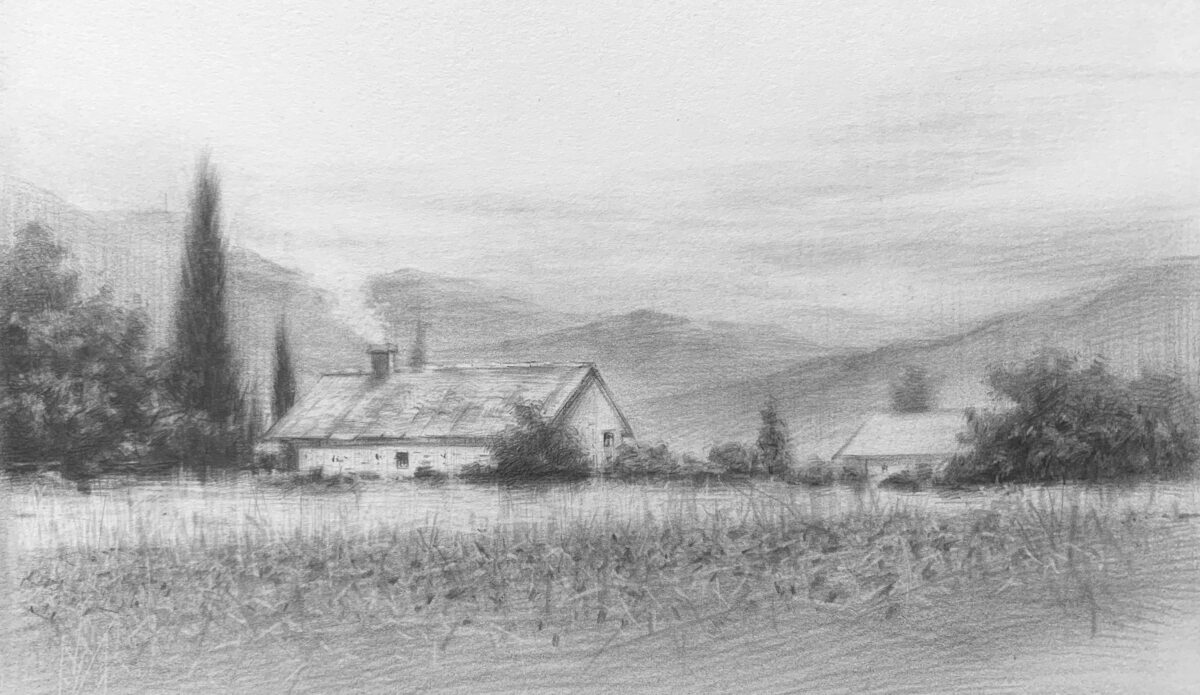
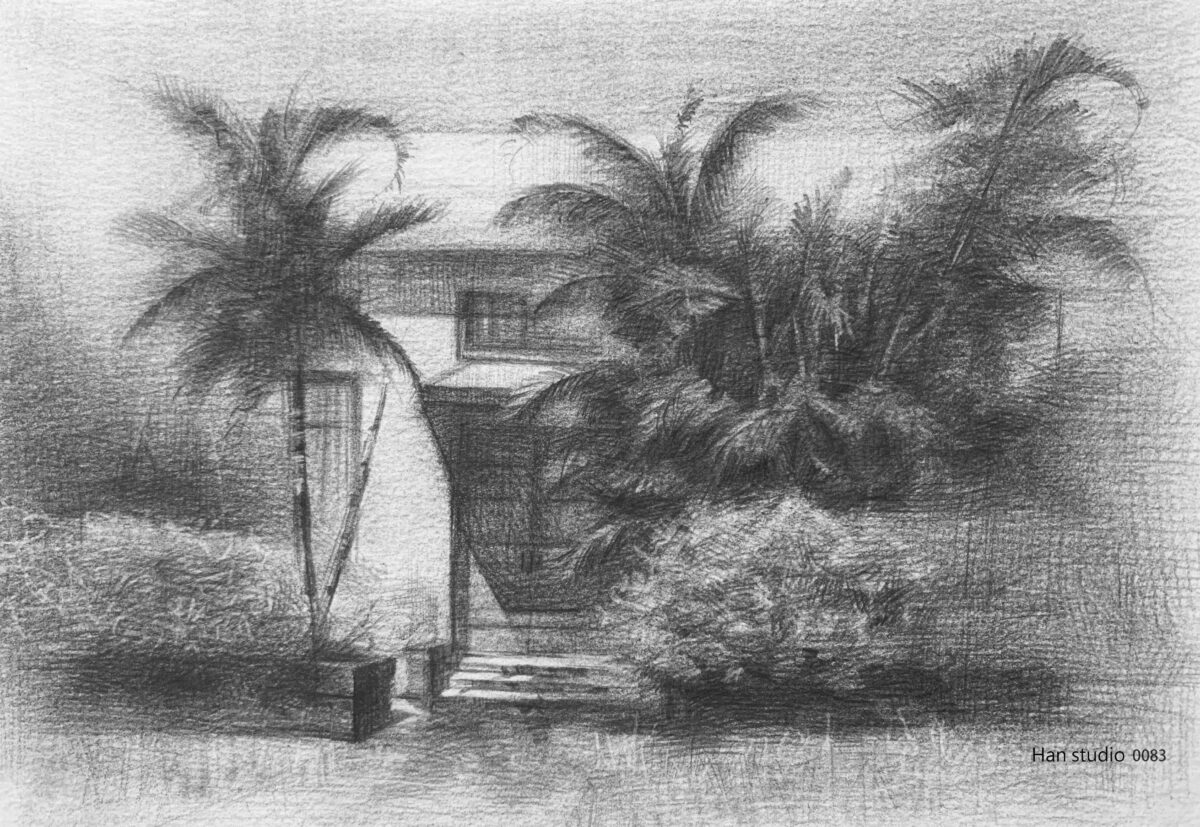
Understanding the Overall Contour and Proportions of a Tree
Start by simplifying the tree’s shape. Use silhouette outlines to classify different forms — tall and narrow, oval, umbrella-shaped, or inverted triangle.
When sketching trees, pay attention to the overall shape variation and simplify overly complex edges into unified masses. In the demo below, you’ll see how I merged shadow areas into larger blocks.
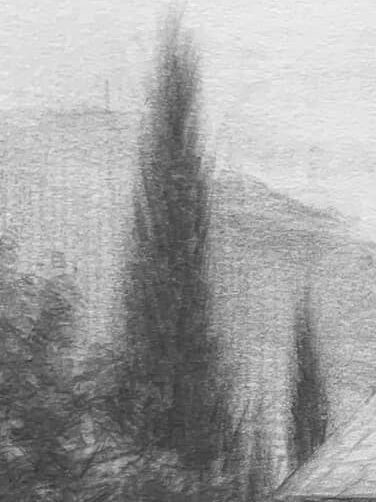
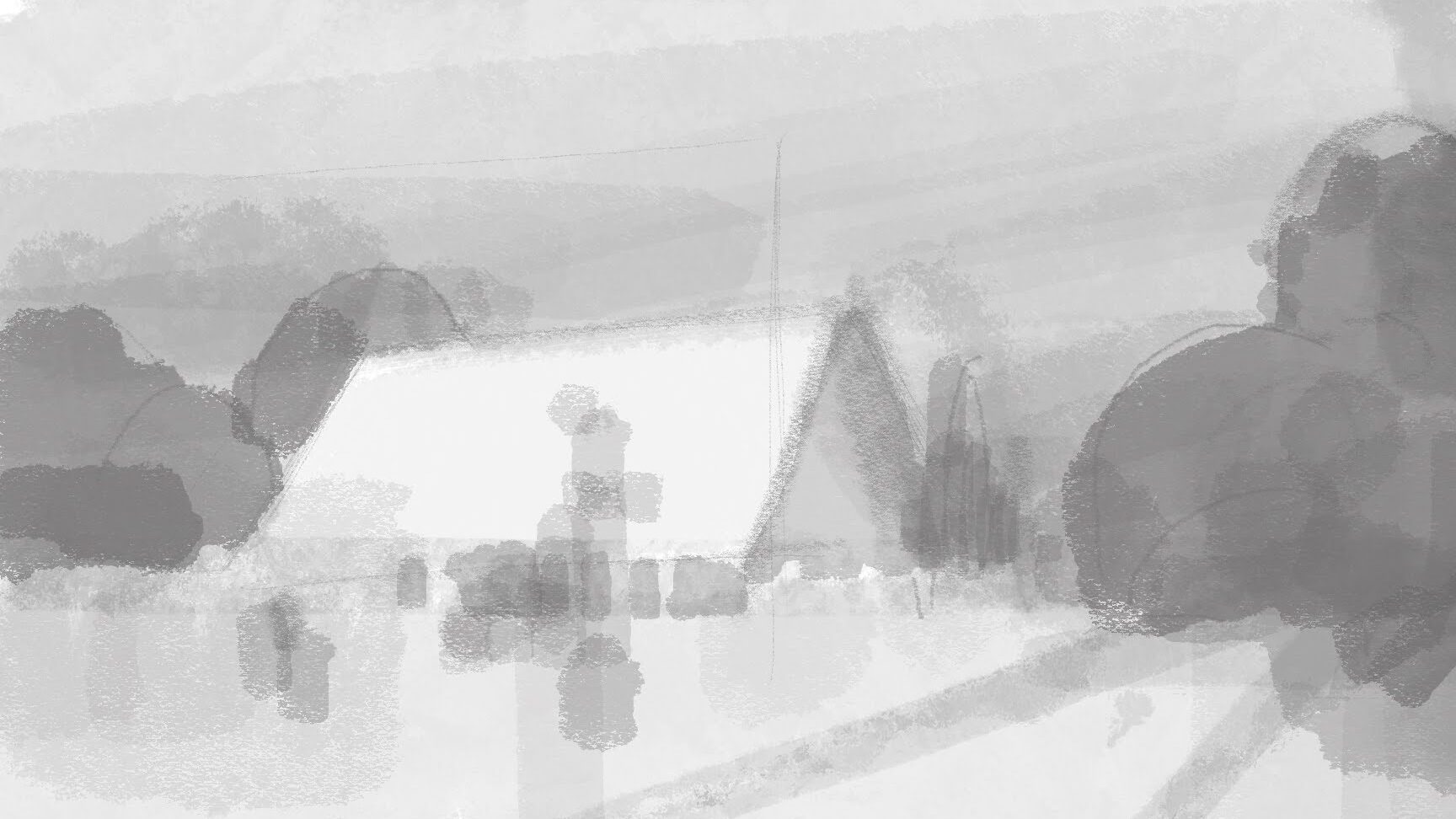
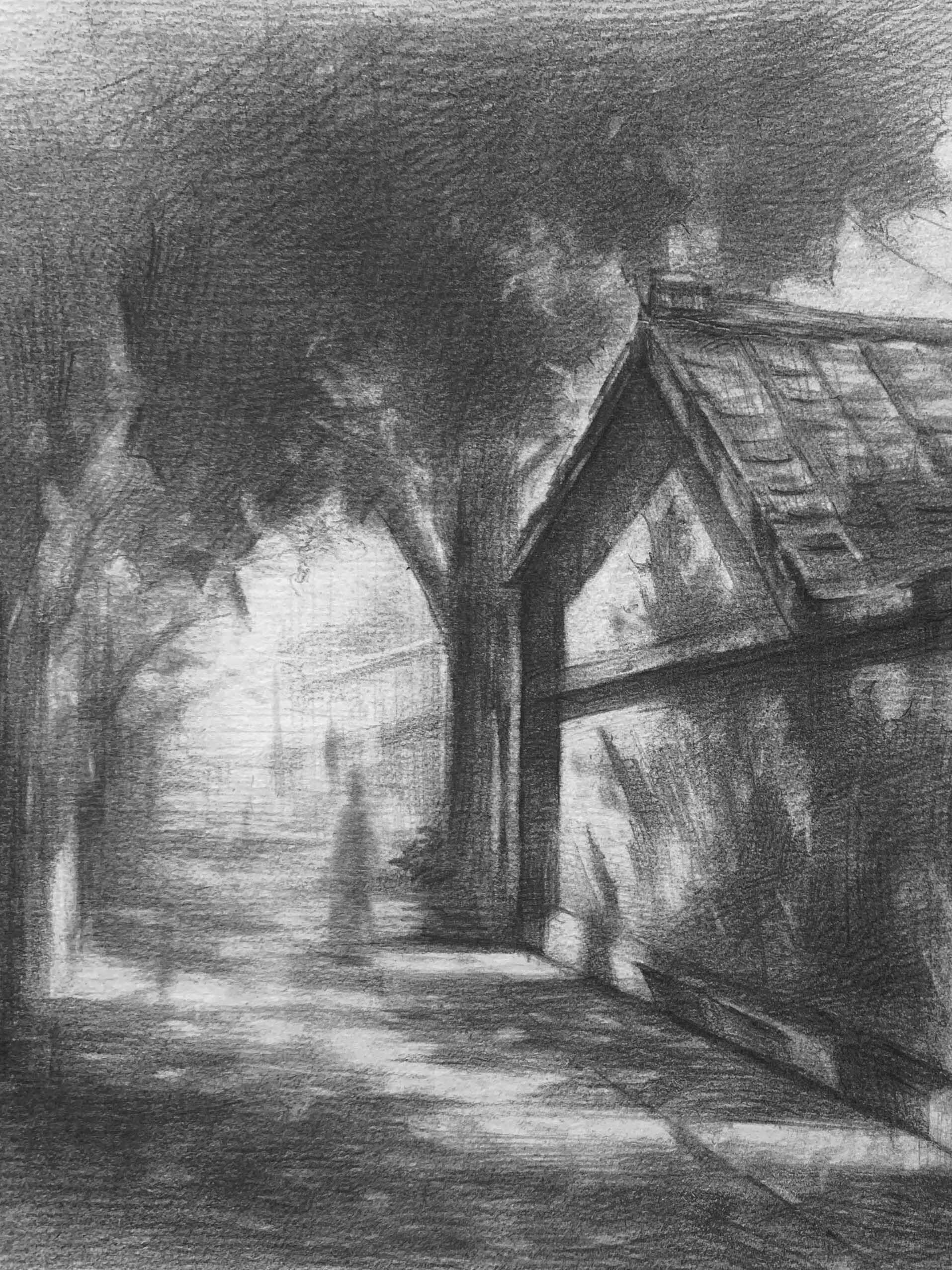
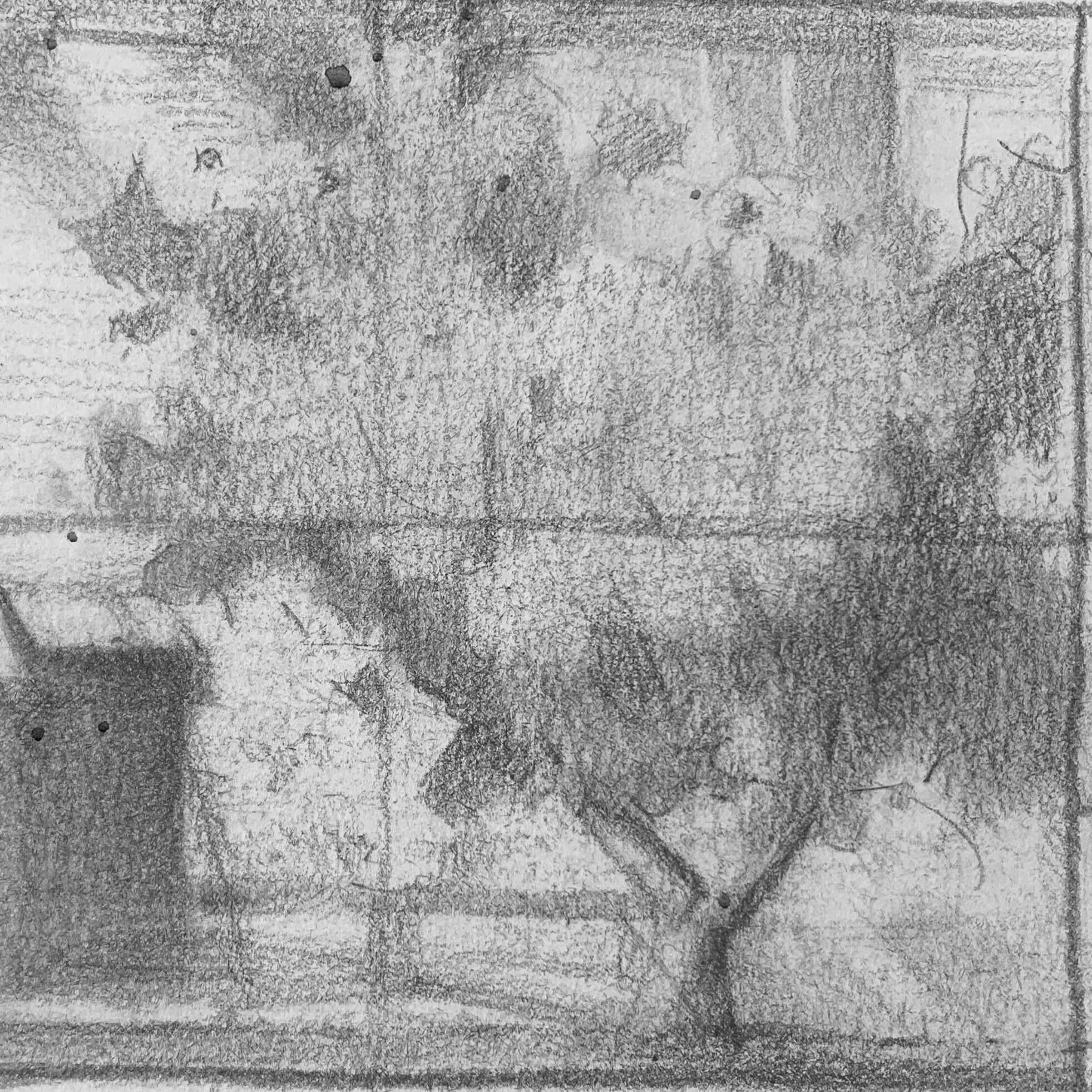
● Basic Structure of Branches and Trunks:
Breaking Down the “Trunk Structure”: Trunk → Main Branch → Smaller Branches
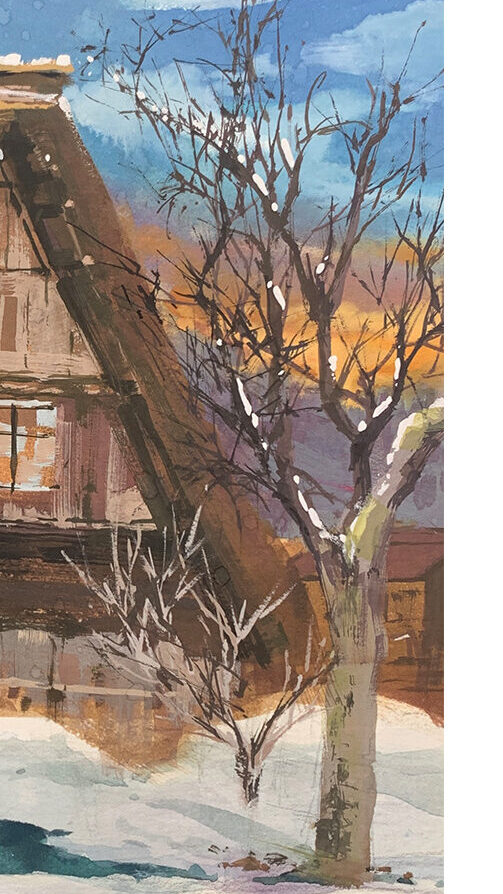
- A tree trunk is not a straight line — it has natural curves and varying thickness.
In real life, tree trunks rarely look like perfectly straight lines.
You’ll often find uneven contours and subtle bulges.
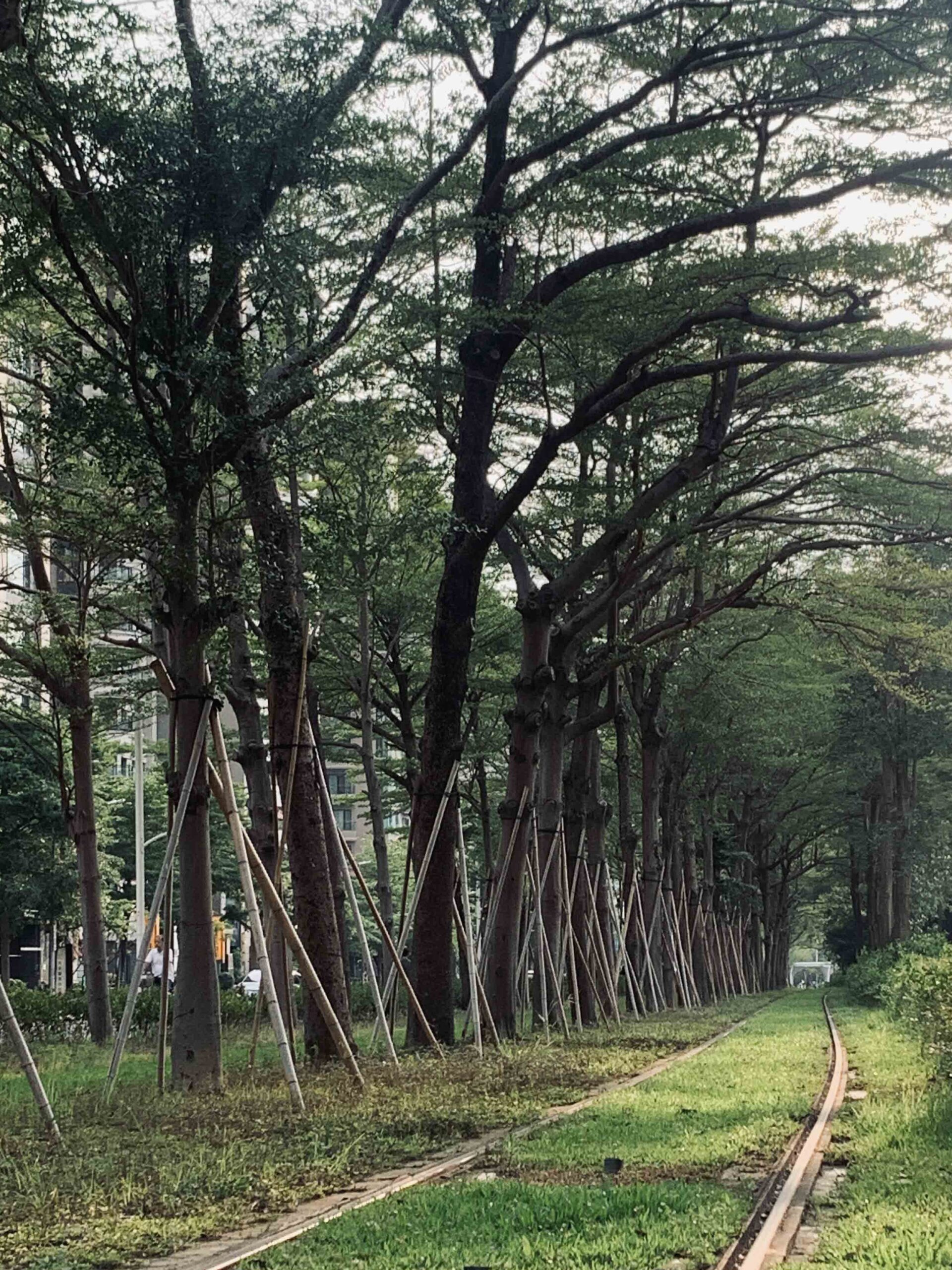
- Sketch the main trunk → major branches → secondary branches in one flow.
This helps you better control thickness. (If you’re experienced, starting from branch tips is fine too.)
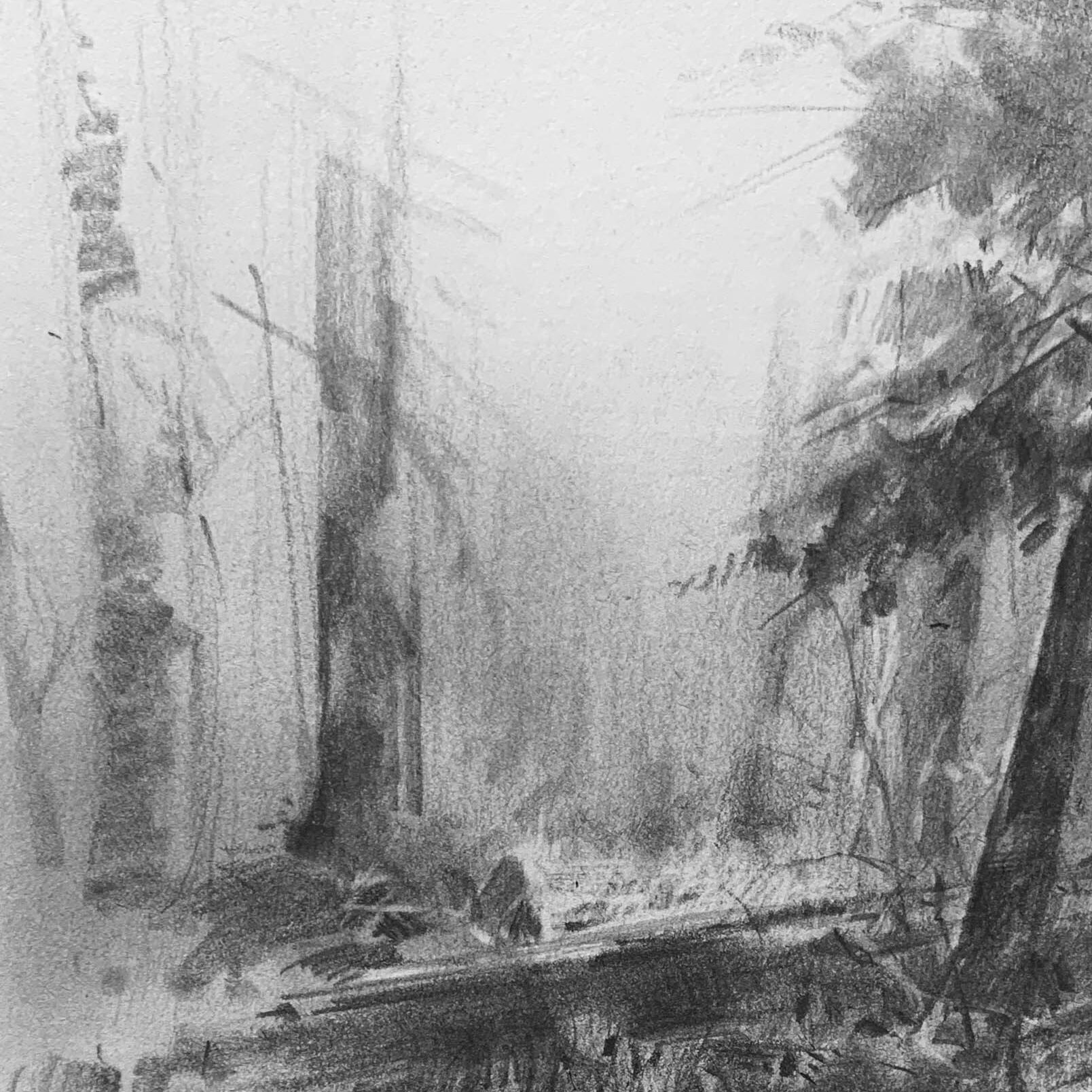
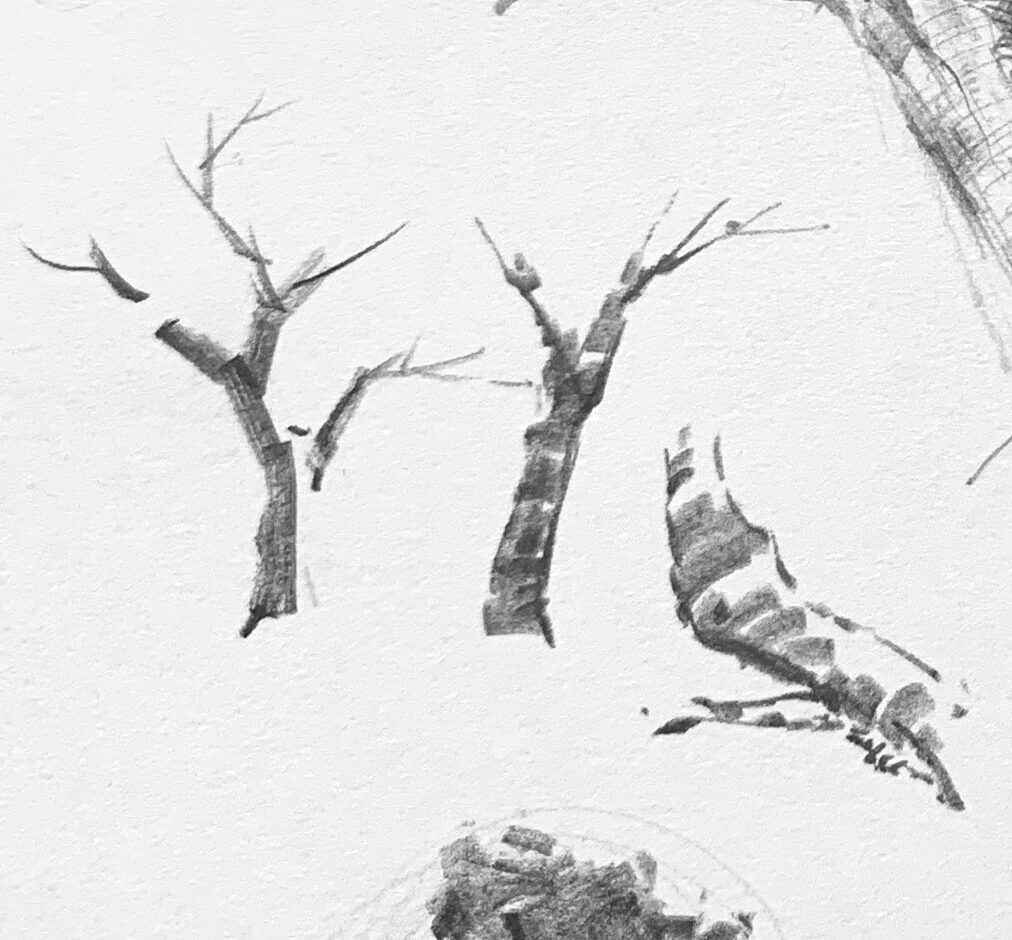
- The tree trunk is usually a modified cylinder with an elliptical cross-section.
- It varies from thick to thin, straight to curved, and has direction and flow.
- Branching points often twist and form “Y-shaped” structures.
工商服務一下
If you're interested in learning to draw but don't know where to start, or if you'd like to understand the knowledge behind drawing,
feel free to join my LINE and contact me. In my classes, I organize drawing methods in a clear and structured way.
Click here to learn more about my drawing courses!
Practice Tip:
- Shade the shadowed side to enhance cylindrical volume.
- Practice the flowing motion of tree branches — from thick to thin.
- Use linework to simulate fiber textures and bark directionality.
● Simplification and Arrangement of Leaves:
Think of leaf clusters as large, medium, and small groups. Break them into light and shadow sides. Complex shapes can be merged into simplified blocks.
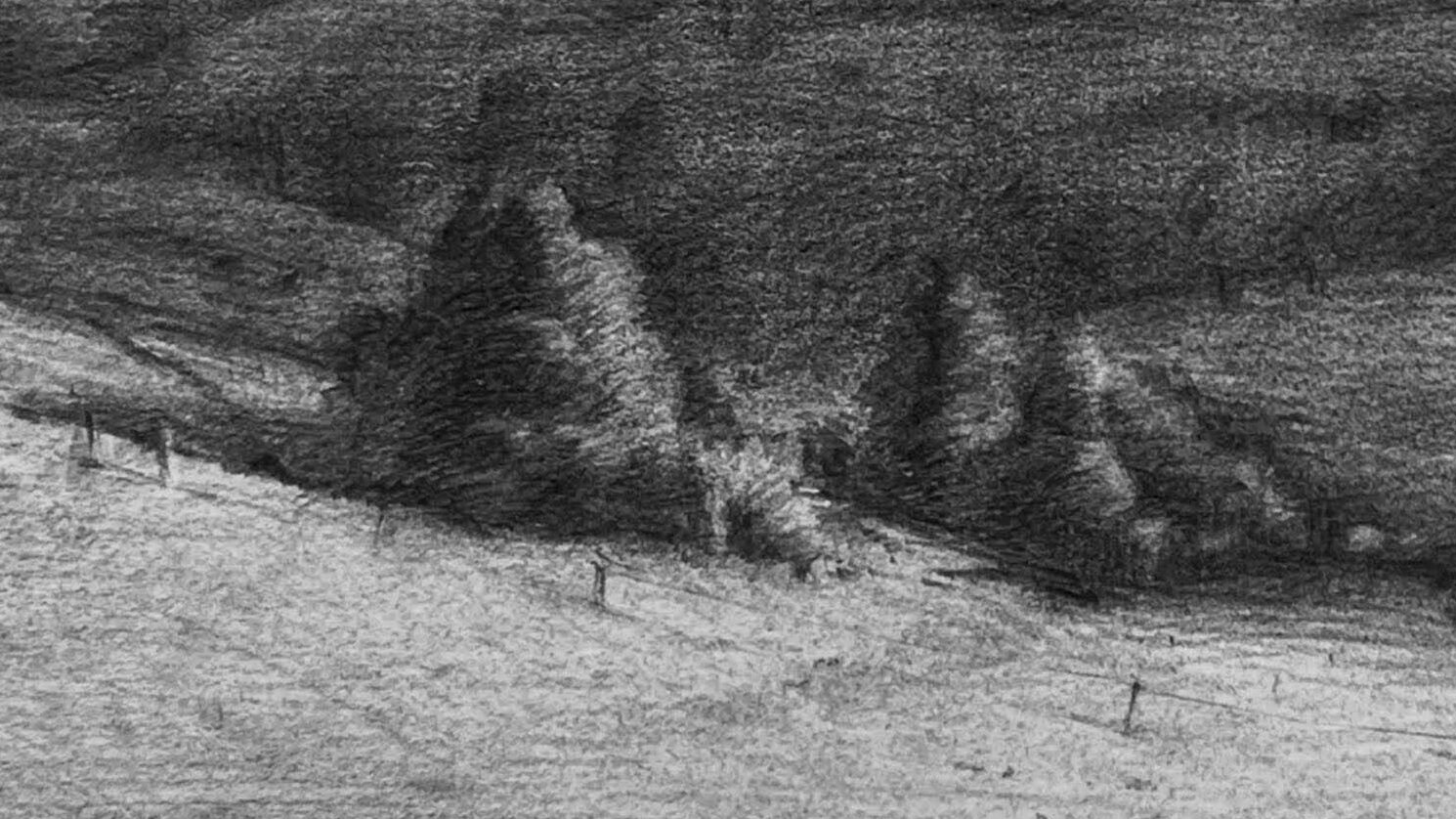
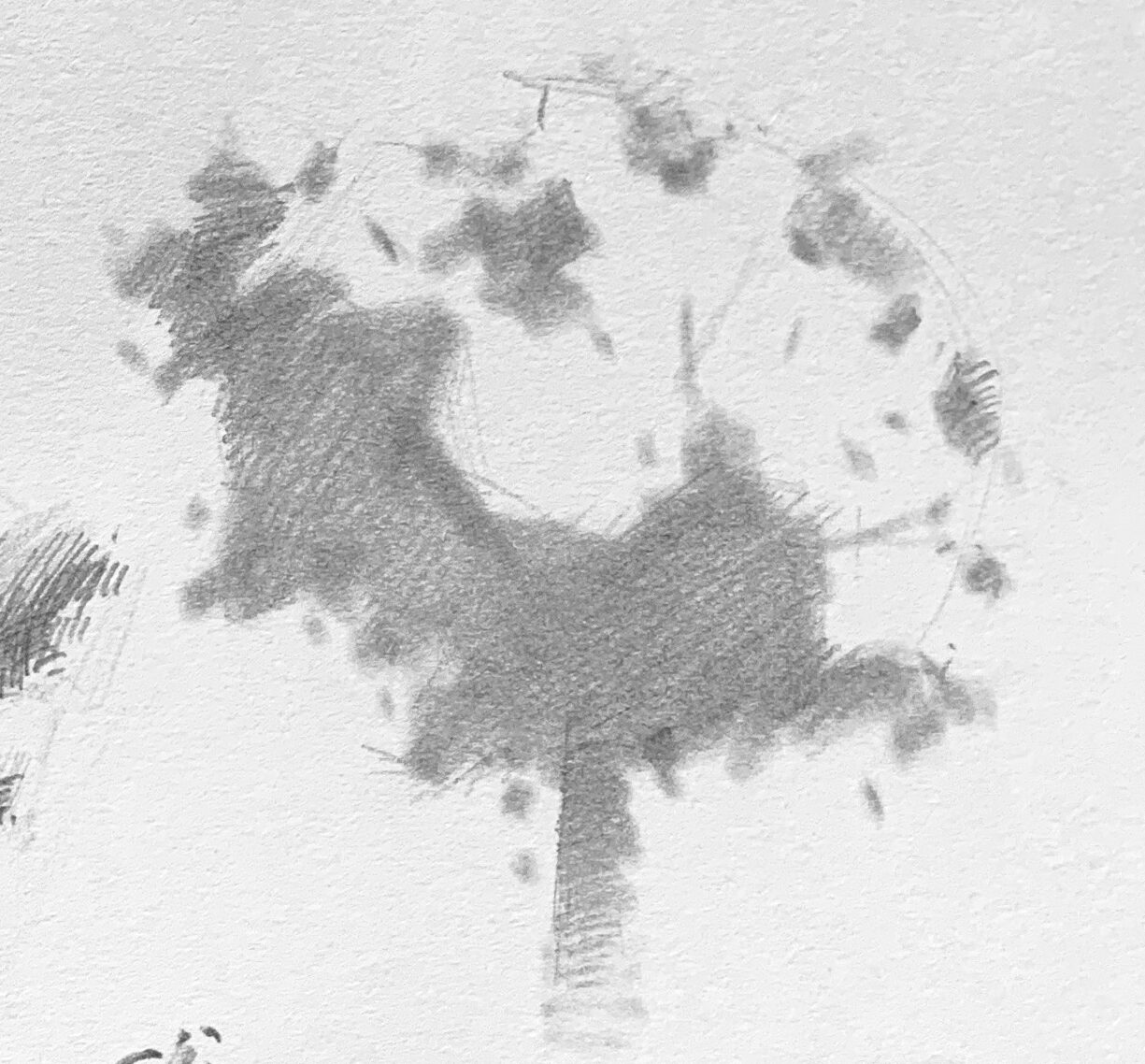
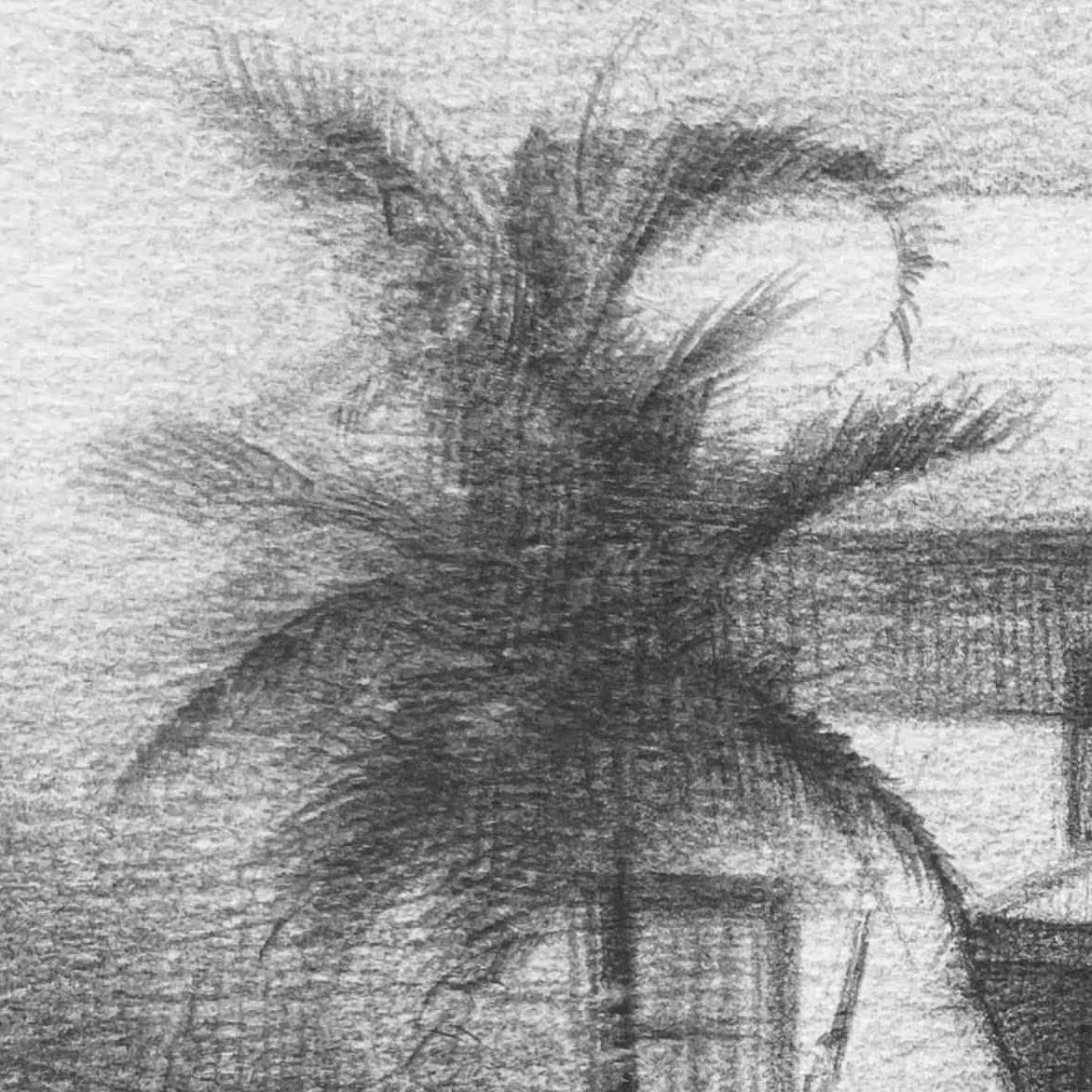
Palm Tree Leaf Structure
- Each leaf is long, with a clear central vein, fanning out like a feather or broom.
- The leaves arch and droop, with thin and flexible stems.
- Overall, they radiate outward in a fan-like pattern.
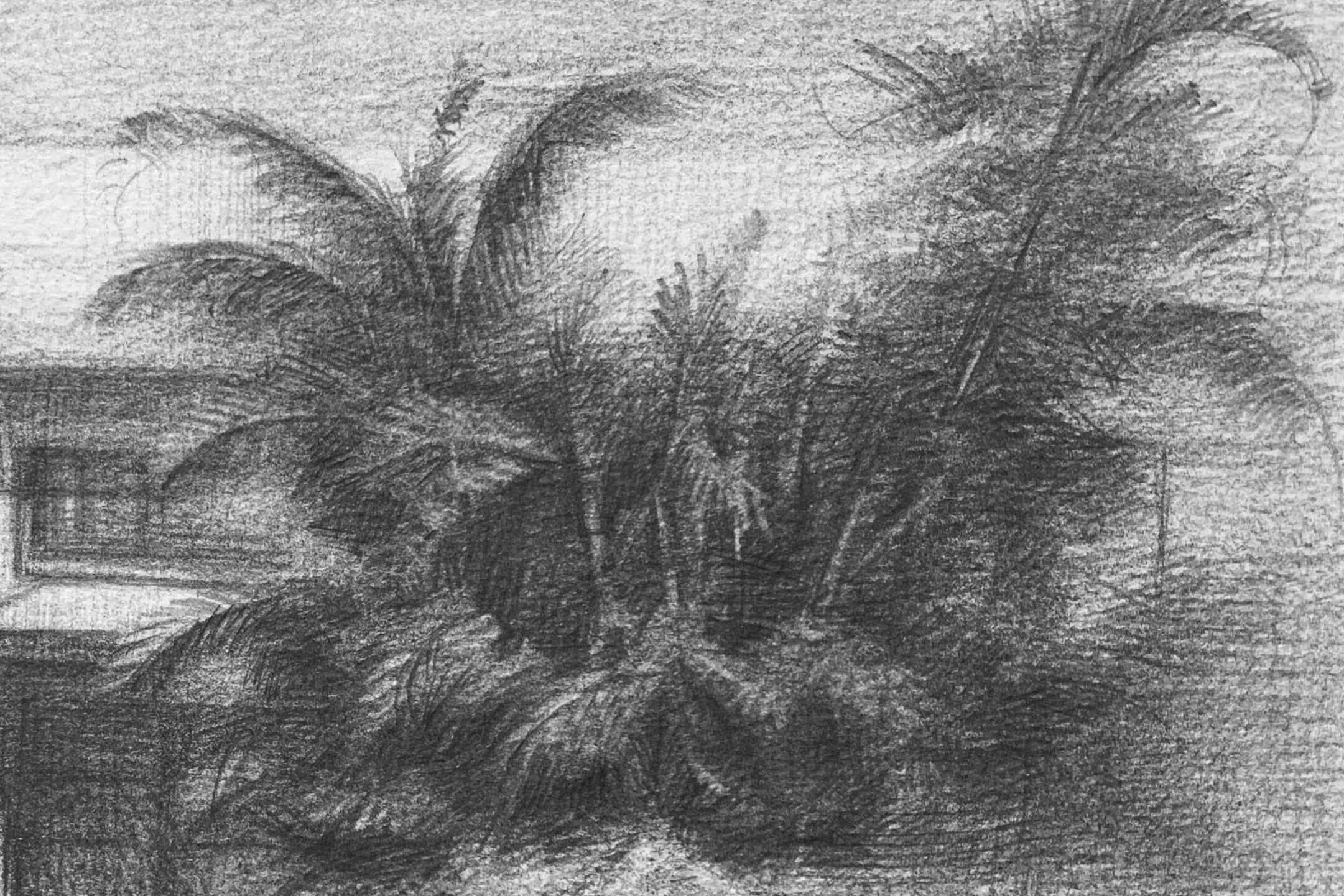
Leaves and Light–Dark Layers
- Think of leaf clusters as mass blocks, not individual leaves.
- Typically three value zones: highlight, midtone, shadow.
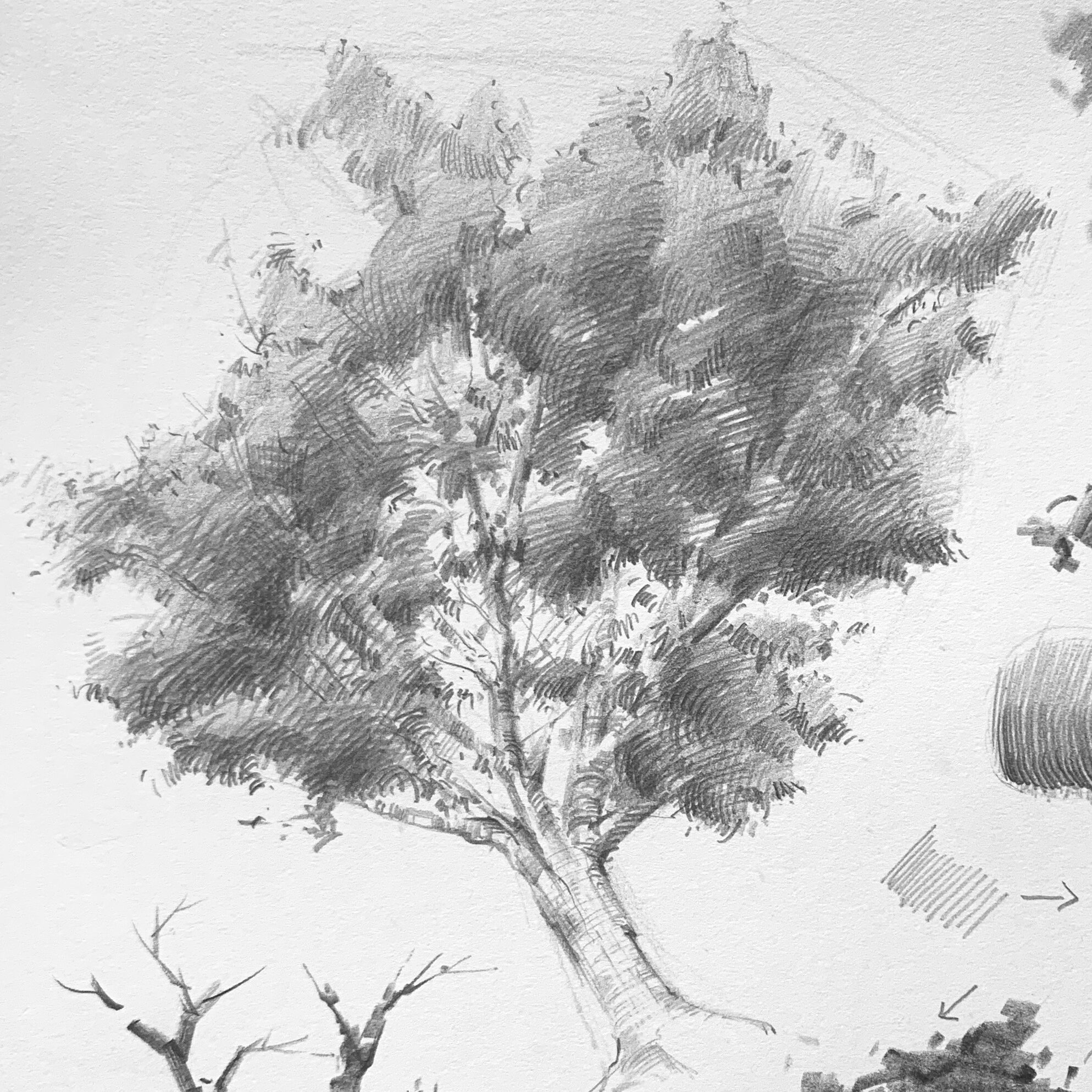
- Avoid messy, flat lines — overlapping and backlighting create a strong sense of form and space.
Practice Tip:
- Observe backlit vs front-lit leaf clusters. Simplify them into large shadow and light zones.
- Use curved lines to indicate leaf direction, enhancing blocky feeling.
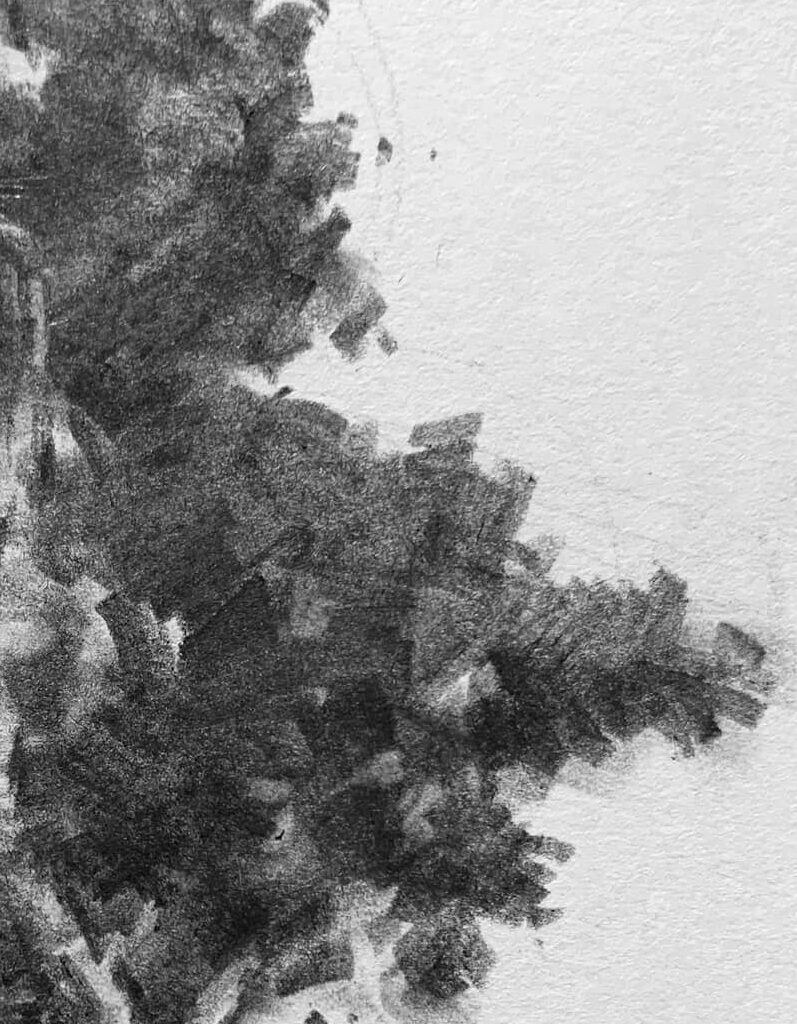
●How to Add Leaf Texture with Stroke Layers
Divide leaf masses into light and dark zones. Add directional strokes in three layers:
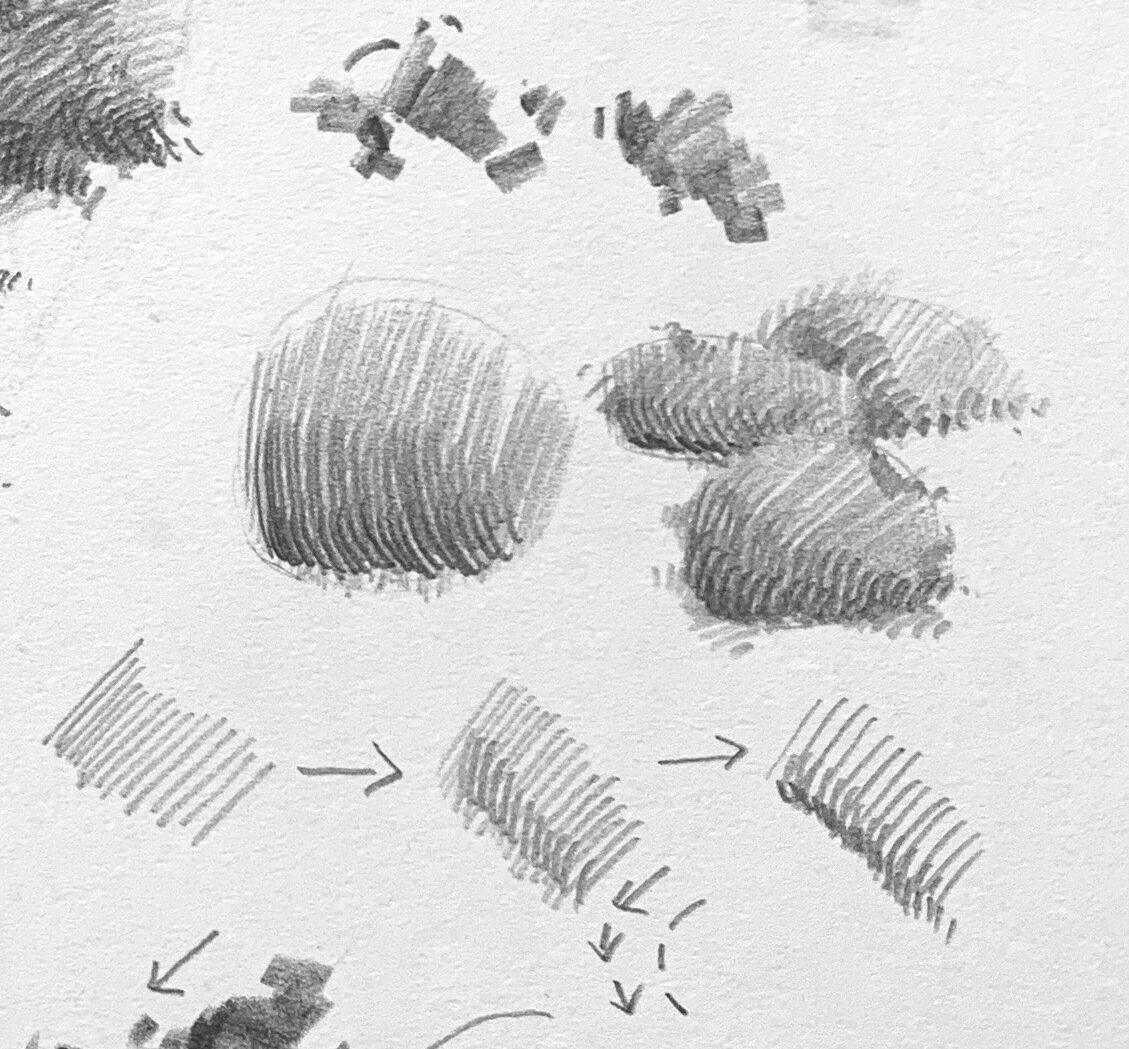
●How to Draw Leaf Cluster Variations?
When drawing leaves, pay attention to the rise and fall of the clusters, highlighting the concave and convex areas.
Check the tree sketch demo below — note how I vary spacing and avoid repeating the same shapes or sizes. Overly repetitive forms remove the “natural variation” effect.
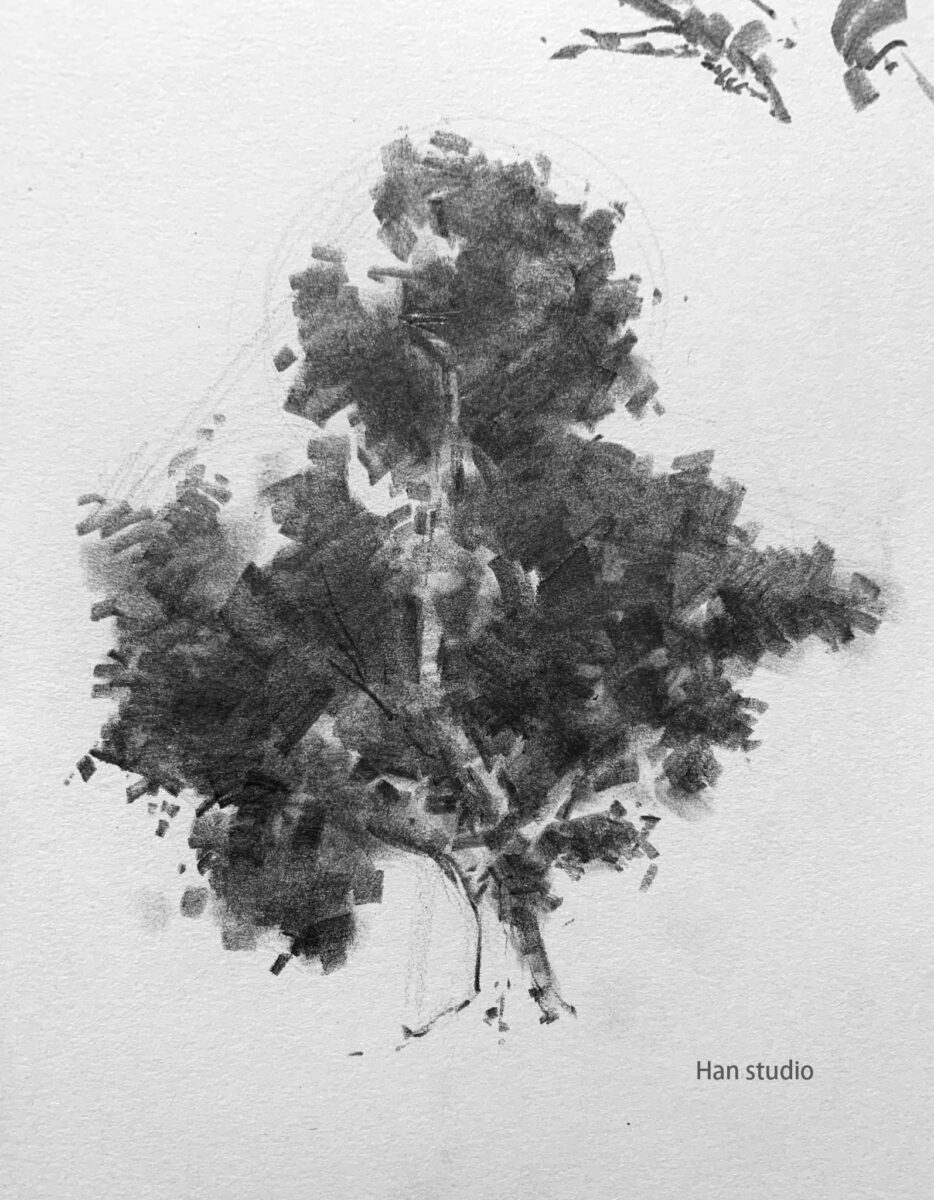
Shading the Tree with Atmosphere
- Understand the light source (top/side/backlight) to define the mood of the scene.
- Background and ground cast shadows help make the tree feel three-dimensional.
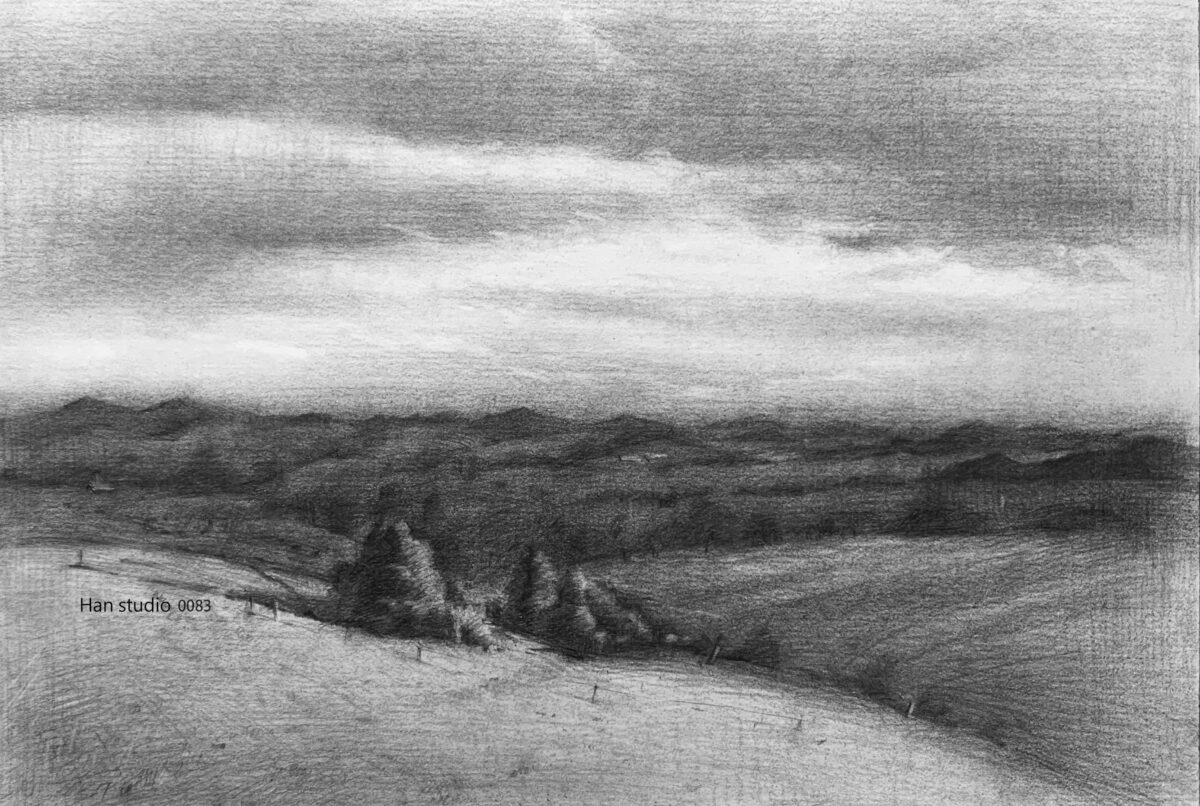
- Nearer areas (foreground) are usually more crisp and detailed, while distant areas (background) fade in value and detail — known as atmospheric perspective.
Practice Tip:
- Complete 1–2 small studies, starting from simplified silhouettes to textural shading.
- Try different pencil grades (HB/2B/4B) to explore rough vs soft textures.
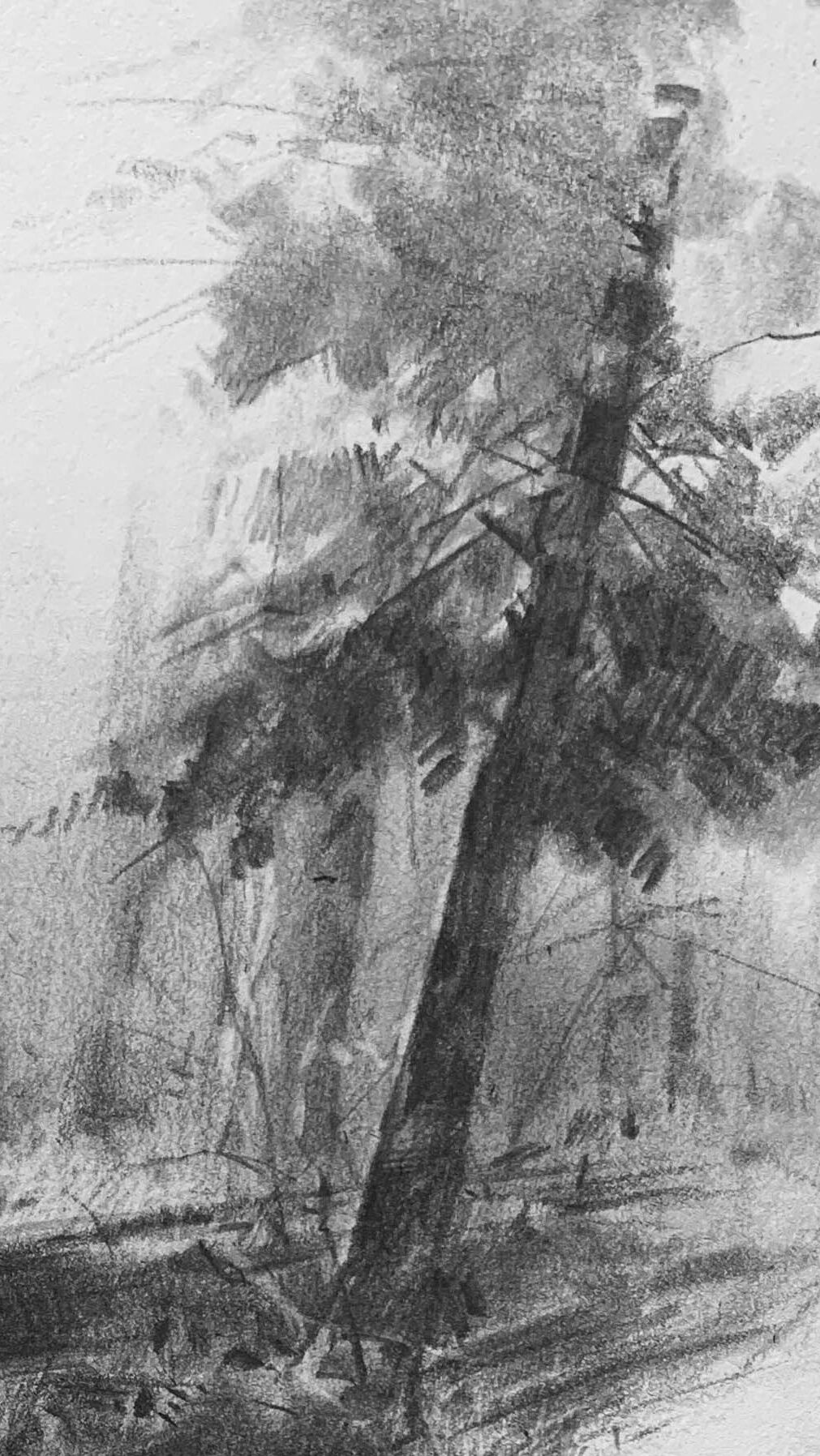
I hope this step-by-step guide helps you better understand how to sketch trees.
If there’s a subject you’d like to see next or a drawing technique you’re curious about, feel free to leave a comment or message me on Instagram. Happy drawing!
Want to explore more articles on extended drawing techniques?
Easy Landscape Drawing: A Beginner’s Guide to Watercolor
How to Master the Proportions,Shape, and Symmetry of a Teapot
Three Easy Steps to Drawing a Stuffed Duck with a Pencil
Boots Sketch Tutorial: Learn Proportions and Structural Lines
Sketching Class Fishing Boat Drawing Techniques
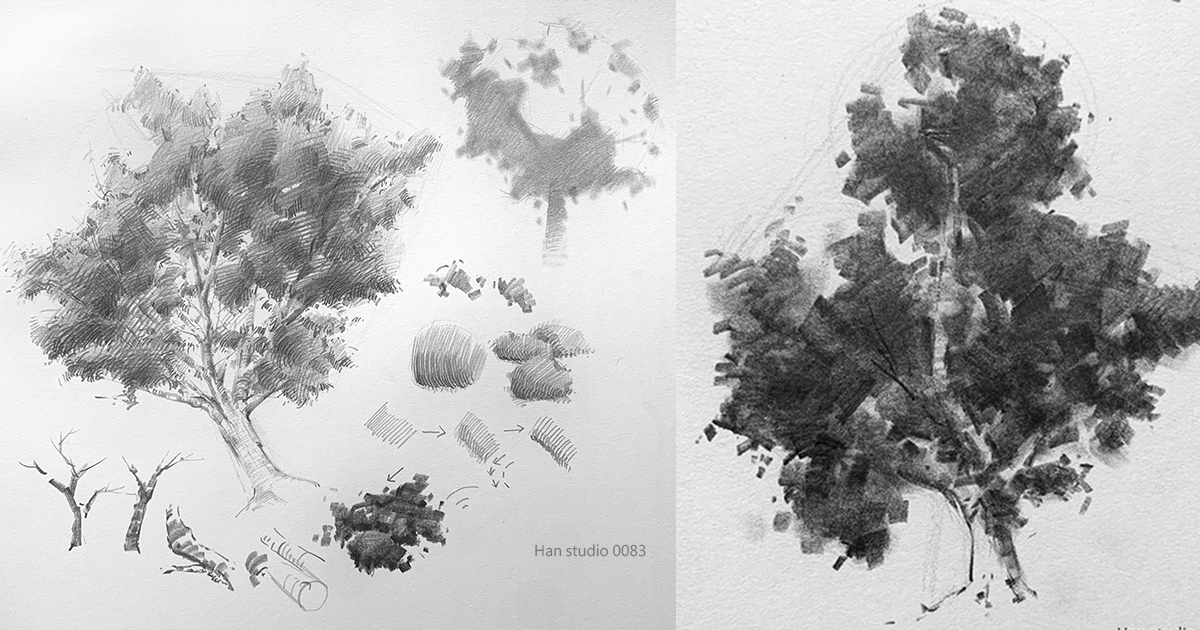
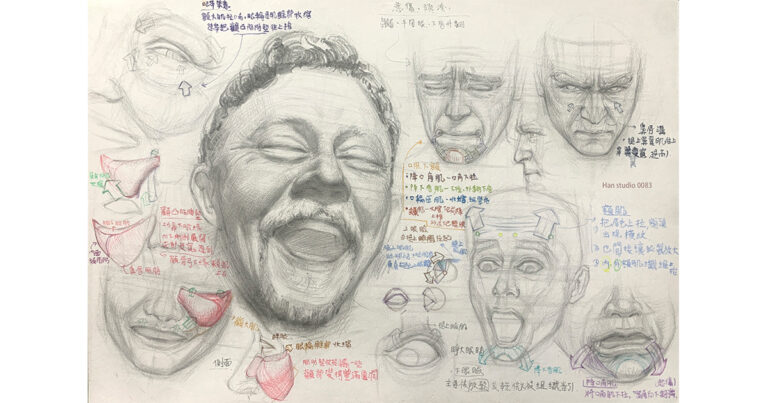
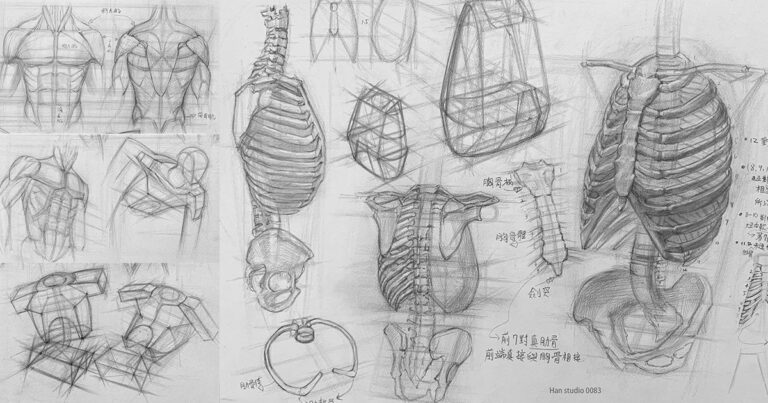
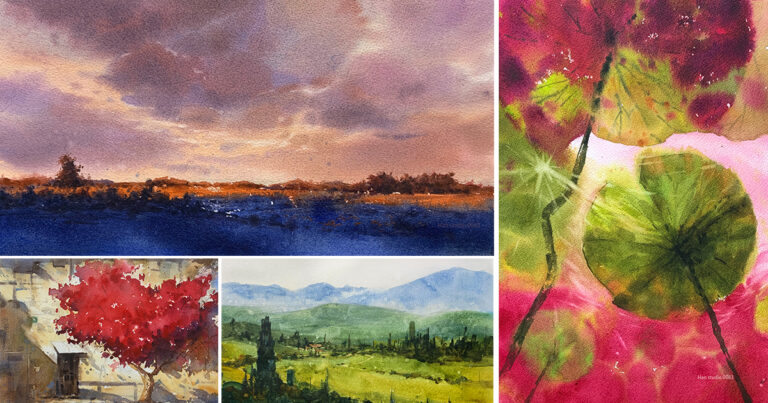
Leave a Reply